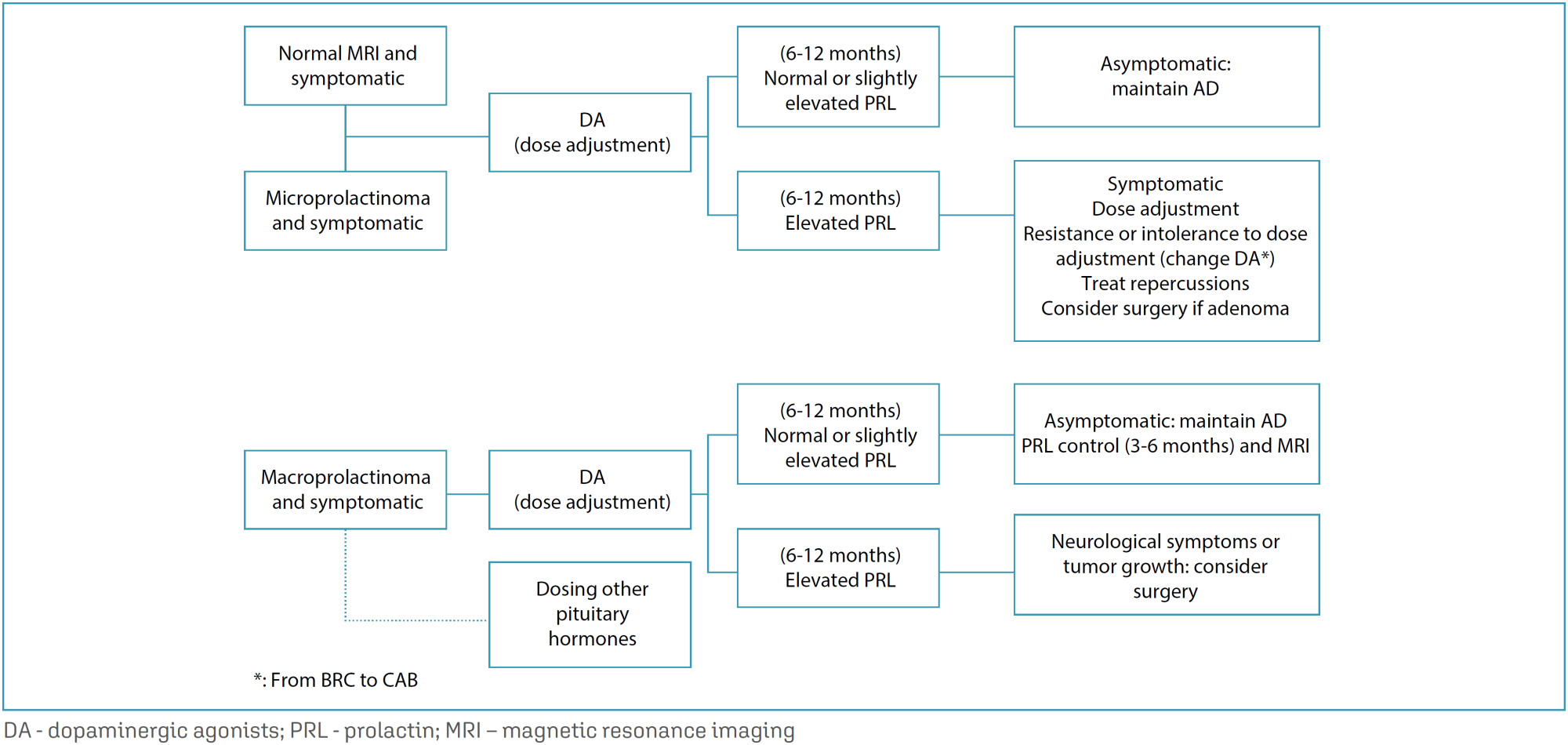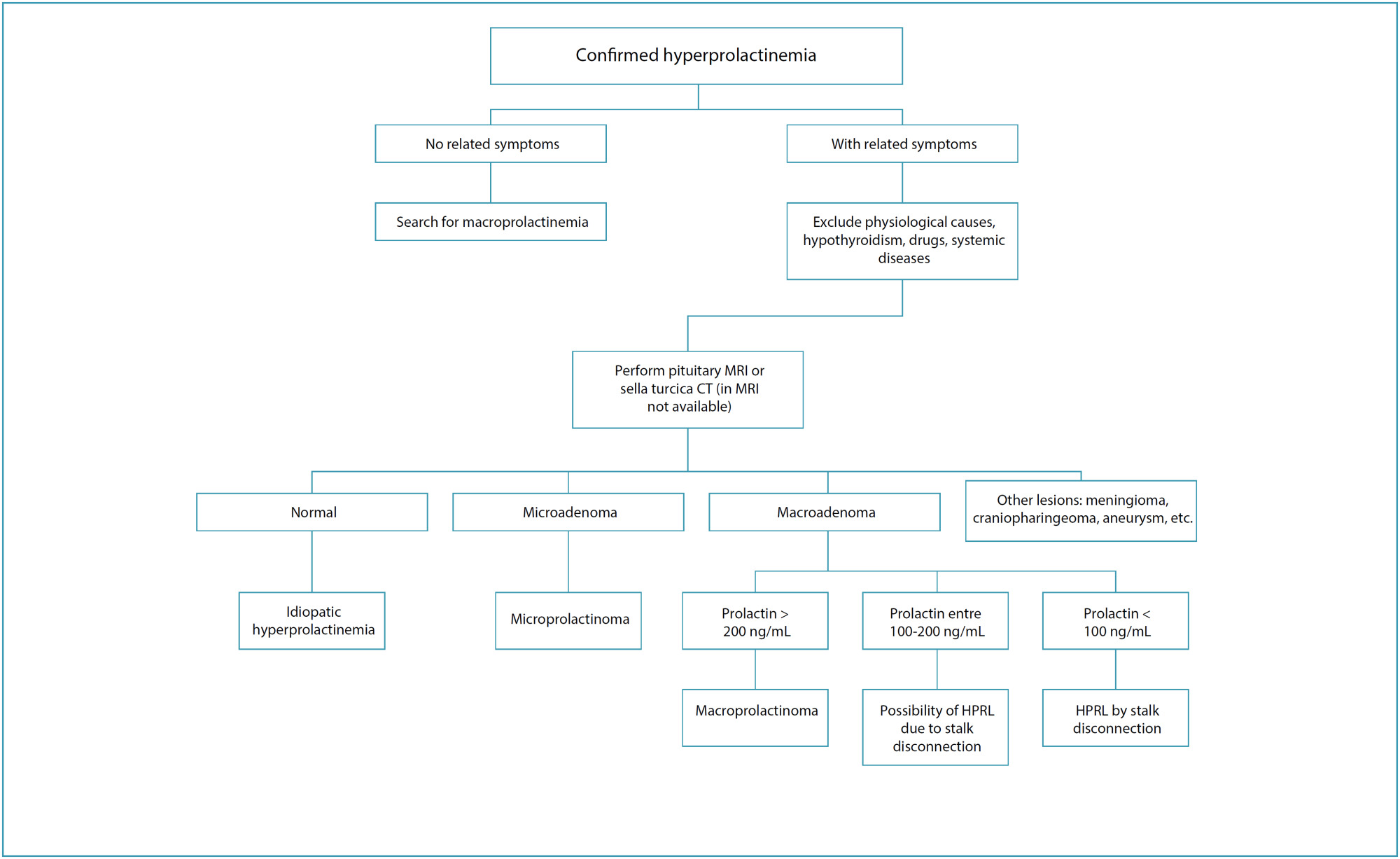-
Review Article12-04-2024
Female genital tract microbiome: the influence of probiotics on assisted reproduction
Revista Brasileira de Ginecologia e Obstetrícia. 2024;46:e-rbgo82
Abstract
Review ArticleFemale genital tract microbiome: the influence of probiotics on assisted reproduction
Revista Brasileira de Ginecologia e Obstetrícia. 2024;46:e-rbgo82
Views210Abstract
Assisted reproductive technology (ART) has been evolving since 1978, with the number of techniques performed increasing over the years. Despite continued advances, some couples continue to have difficulties getting pregnant, and it has recently been considered that the microbiome of the female genital tract (FGT) may influence embryo implantation and the establishment of pregnancy. This review aims to evaluate the role of probiotics on reproductive outcomes in infertile women on ART. A search throughout medical databases was performed, and six articles met the criteria. Five studies showed improvements in pregnancy rates, with only one demonstrating statistical significance. One article showed no improvement but reported a statistically significant reduction in the miscarriage rate in the probiotic group. Further research is needed to evaluate the true potential of probiotics, namely to assess whether they effectively modulate the FGT microbiome and if these changes are maintained over time.
Key-words Abortion, spontaneousEmbryo implantationGenitalia, femaleInfertility, femalePregnancy outcomePregnancy rateProbioticsReproductive techniques, assisted, MicrobiotaSee more -
Review Article12-04-2024
Zuranolone for postpartum depression: a systematic review and meta-analysis of two randomized studies
Revista Brasileira de Ginecologia e Obstetrícia. 2024;46:e-rbgo79
Abstract
Review ArticleZuranolone for postpartum depression: a systematic review and meta-analysis of two randomized studies
Revista Brasileira de Ginecologia e Obstetrícia. 2024;46:e-rbgo79
Views273See moreAbstract
Objective:
To evaluate the maternal outcomes in women with postpartum depression using zuranolone, the first oral medication indicated to treat postpartum depression.
Methods:
We conducted a systematic search in September 2023, on Pubmed, Embase and Cochrane Trials. We included randomized controlled trials comparing the effectiveness and safety of zuranolone versus placebo in women with postpartum depression. No time or language restrictions were applied. 297 results were retrieved, of which 11 papers were selected and fully reviewed by two authors. Review Manager 5 was used for statistical analysis and Cochrane Risk-of-bias tool for randomized trials was applied for quality assessment.
Results:
We included 2 studies, with 346 women, of whom 174 (50.2%) were treated with zuranolone. Zuranolone was significantly associated to an improvement of Clinical Global Impression response rate; Hamilton Depression Rating Scale 15 days and 45-day remission, 3-day, 15-day, and 45-day symptom remission, and reduction in the dose of antidepressants. As for safety outcomes, it was noticed that zuranolone increases sedation risk, which can be dose related. No significant differences were found for other adverse events.
Conclusion:
These findings suggest that zuranolone might present a safe and effective medication for out-of-hospital treatment of PPD. Sedation effects need to be further assessed.
-
FEBRASGO POSITION STATEMENT11-25-2024
Nonclassic congenital adrenal hyperplasia due to 21-hydroxylase deficiency in women: diagnosis and treatment: Number 11 – 2024
Revista Brasileira de Ginecologia e Obstetrícia. 2024;46:e-FPS11
Abstract
FEBRASGO POSITION STATEMENTNonclassic congenital adrenal hyperplasia due to 21-hydroxylase deficiency in women: diagnosis and treatment: Number 11 – 2024
Revista Brasileira de Ginecologia e Obstetrícia. 2024;46:e-FPS11
-
FEBRASGO POSITION STATEMENT11-14-2024
Challenges and strategies in adolescent vaccination: Number 12 – 2024
Revista Brasileira de Ginecologia e Obstetrícia. 2024;46:e-FPS12
Abstract
FEBRASGO POSITION STATEMENTChallenges and strategies in adolescent vaccination: Number 12 – 2024
Revista Brasileira de Ginecologia e Obstetrícia. 2024;46:e-FPS12
-
Letter to the Editor10-23-2024
The gynecologist and cancer in women
Revista Brasileira de Ginecologia e Obstetrícia. 2024;46:e-rbgo92
Abstract
Letter to the EditorThe gynecologist and cancer in women
Revista Brasileira de Ginecologia e Obstetrícia. 2024;46:e-rbgo92
Views138Cervical cancer continues to claim an alarming number of victims around the world, especially among poor women. In Brazil, in 2022, an incidence of 16.3/100,000 women was recorded,() with a projection for 2023 of 17,010 new cases, corresponding to a rate of 15.38/100,000, representing 7% of tumors in women.In the Brazilian reality, where there is […]See more -
Original Article10-23-2024
Nipple-sparing mastectomy in young versus elderly patients
Revista Brasileira de Ginecologia e Obstetrícia. 2024;46:e-rbgo90
Abstract
Original ArticleNipple-sparing mastectomy in young versus elderly patients
Revista Brasileira de Ginecologia e Obstetrícia. 2024;46:e-rbgo90
Views162See moreAbstract
Objective:
In this study, we compared indications and outcomes of 115 young (< 40 years) versus 40 elderly (> 60 years) patients undergoing nipple-sparing mastectomy (NSM) as risk-reducing surgery or for breast cancer (BC) treatment.
Methods:
Between January 2004 and December 2018, young and elderly patients undergoing NSM with complete data from at least 6 months of follow-up were included.
Results:
BC treatment was the main indication for NSM, observed in 85(73.9%) young versus 33(82.5%) elderly patients, followed by risk-reducing surgery in 30(26.1%) young versus 7(17.5%) elderly patients. Complication rates did not differ between the age groups. At a median follow-up of 43 months, the overall recurrence rate was higher in the younger cohort (p = 0.04). However, when stratified into local, locoregional, contralateral, and distant metastasis, no statistical difference was observed. During the follow-up, only 2(1.7%) young patients died.
Conclusion:
Our findings elucidate a higher recurrence rate of breast cancer in younger patients undergoing NSM, which may correlate with the fact that age is an independent prognostic factor. High overall survival and low complication rates were evidenced in the two groups showing the safety of NSM for young and elderly patients.
Search
Search in:
Tag Cloud
Pregnancy (252)Breast neoplasms (104)Pregnancy complications (104)Risk factors (103)Menopause (88)Ultrasonography (83)Cesarean section (78)Prenatal care (71)Endometriosis (70)Obesity (61)Infertility (57)Quality of life (55)prenatal diagnosis (51)Women's health (48)Postpartum period (46)Maternal mortality (45)Pregnant women (45)Breast (44)Prevalence (43)Uterine cervical neoplasms (43)




